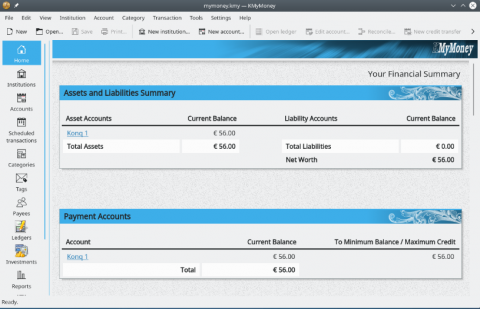The Linux desktop has come a long way in recent years, and it's now a viable alternative to Windows for many users. While Windows is still the most popular desktop operating system, Linux is gaining ground, especially among developers and power users. In this article, we'll take a look at some of the key differences between the Linux desktop and Windows, and explore why Linux might be a better choice for some users.
One of the biggest differences between Linux and Windows is the underlying philosophy of the two systems. Windows is a proprietary, closed-source operating system developed and maintained by Microsoft. Linux, on the other hand, is an open-source operating system developed and maintained by a community of developers. This means that anyone can view and modify the source code of a Linux distribution, and there are many different Linux distributions to choose from. The count has risen to well over 400.
Another key difference is the level of customization available on the Linux desktop. Because Linux is open-source, users have access to a wide range of customization options. For example, users can choose from a wide range of window managers and desktop environments, such as Gnome, KDE, and Xfce. This allows users to tailor the look and feel of their Linux desktop to their personal preferences. Windows, on the other hand, has a more limited set of customization options.
Another advantage of Linux over Windows is its stability and security. Linux is considered to be more stable than Windows, as it is less prone to crashes and system failures. In addition, Linux is less vulnerable to malware and other security threats, making it a safer choice for users who are concerned about online security.
In terms of software, Windows has a larger selection of software available, especially in terms of games and other consumer software. However, this has changed in recent years in that now Linux has a large selection of open-source software available and many of the most popular software such as LibreOffice, GIMP, and Firefox are available for Linux as well. The software that is not available for Linux can be run using compatibility layers such as Wine or by using virtual machines.
In conclusion, Linux is a solid alternative to Windows for many users. Its open-source nature allows for a high level of customization, stability and security. While Windows may have a larger selection of software, Linux offers a solid set of alternatives and the ability to run Windows software through compatibility layers. For developers and power users, Linux can be a better choice, while Windows may be a better choice for casual users and gamers.
- Log in to post comments

